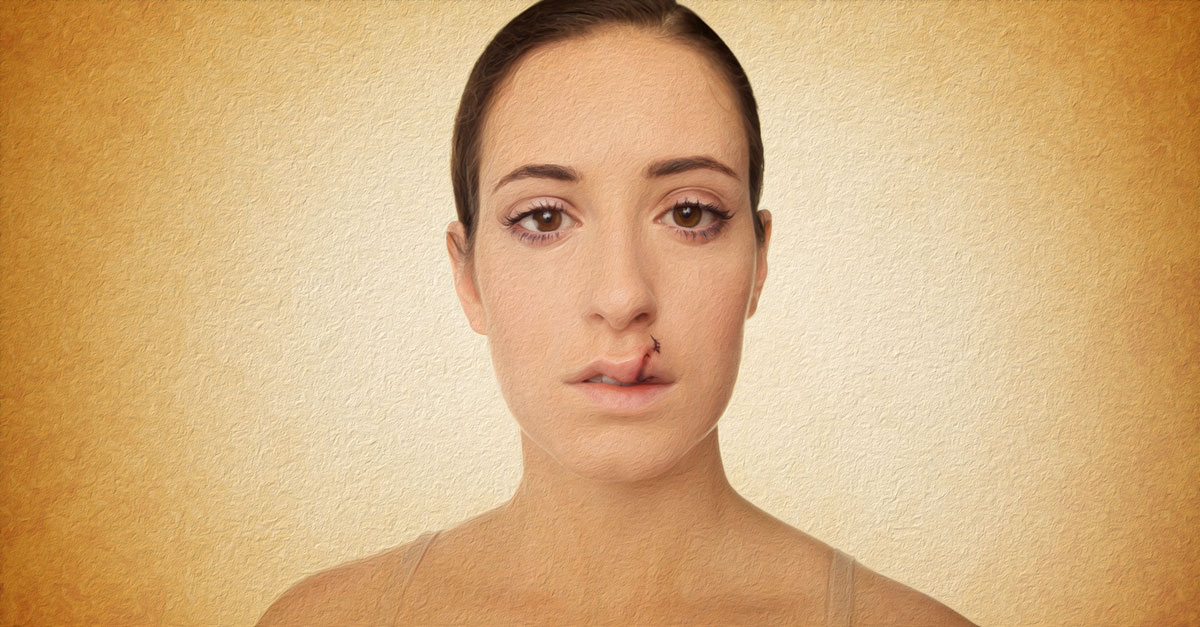Blocked sweat glands, or hidradenitis suppurativa, is a condition that causes the formation of pus-filled pimples or inflamed boils on the surface of the skin. Frequently formed on the groin, buttocks, armpits, neck, and under the breast, the bumps can be painful and sensitive to touch. Diagnosed mostly in women, about 1 percent of the world’s population is affected by hidradenitis. The condition is chronic, and requires long-term treatment. However, there are a few things you can do at home to treat the bumps and reduce the pain.1
How To Obtain Instant Relief From The Pain
By following these methods, you can easily obtain relief from the pain caused by hidradenitis.
1. Hot Compress
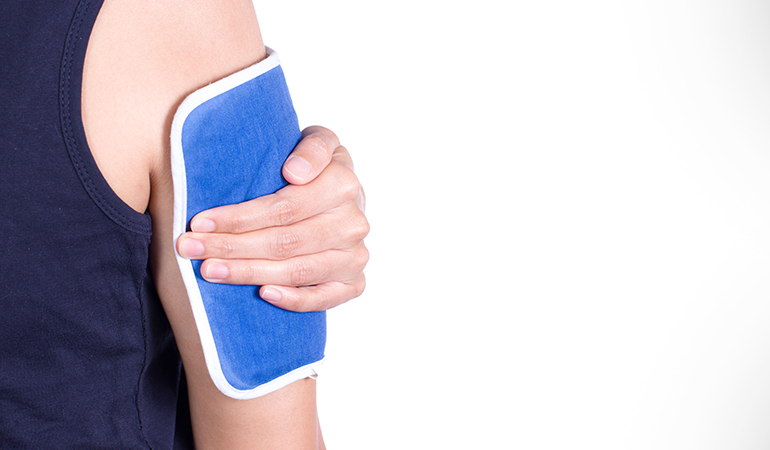
Hold a tea bag, which is dipped in moderately warm water, against the bumps. Pressing the teabag against the infected area, for about 10 minutes, can reduce inflammation and give temporary relief from the pain. However, refrain from using water that is too hot, as it can scald the already sensitive skin.
2.
Acne Washes
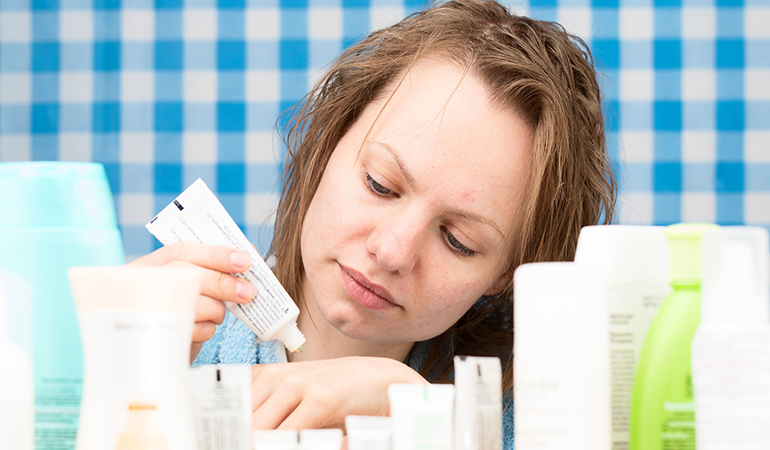
Regularly cleanse the boils with a mild cleanser or an acne wash. Keeping the infected area clean will prevent the spread of the pimples to other areas on the body.
3. Apply Aloe Vera Gel
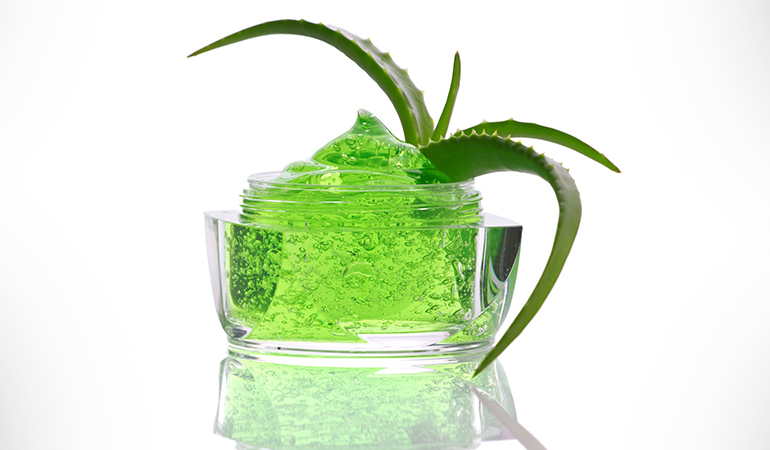
Extract the aloe vera gel from a leaf. Manually extracted gel is organic and safer than store-purchased gel. Apply the gel on the infected area, and let it sit overnight. Aloe vera has powerful anti-inflammatory and antibacterial properties that can effectively treat the infection.
4. Apply Turmeric Paste
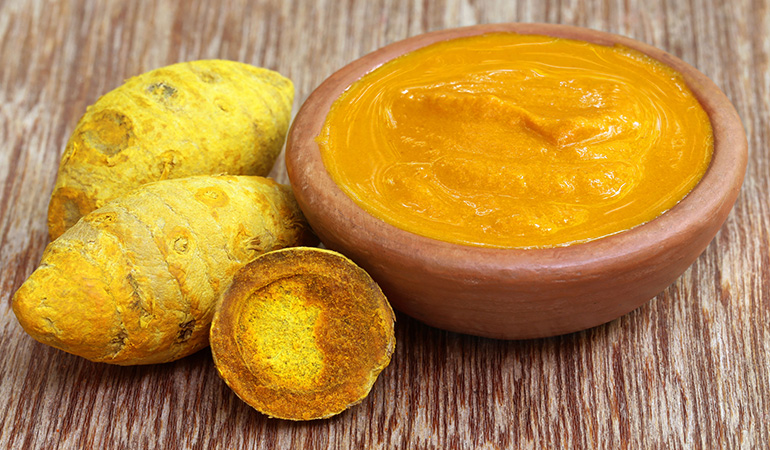
Hailed as a wonder herb, turmeric can significantly lessen the pain caused by the boils. Combine 2 tbsp of turmeric paste with 2 tbsp of water or milk. Apply the paste on the pimples to reduce inflammation. Leave the paste on only for ten to fifteen minutes, and wash it off with a mild cleanser. However, do not use turmeric in excess, as it stains the skin yellow.
7
Tips To Manage Hidradenitis
Hidradenitis is a chronic condition, and needs regular care. Here are a few tips to help you manage the blocked sweat glands.
1. Try Bleach Baths
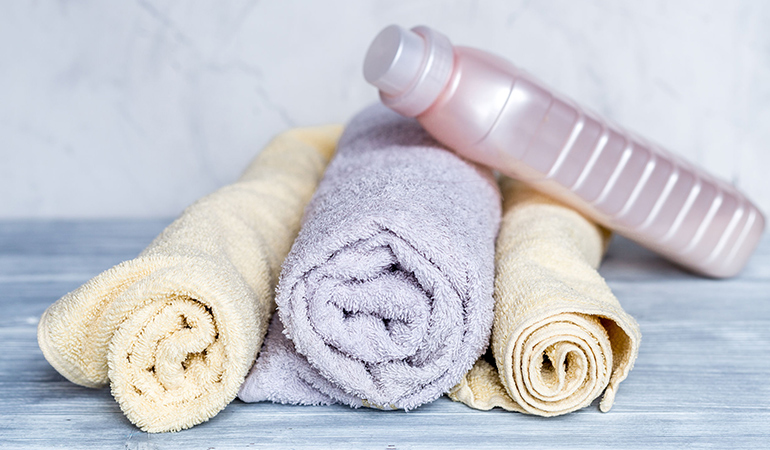
Add one cup of non-scented bleach into warm bath water. Do not do a bleach bath more than once or twice a week, and ensure that you do not add too much bleach. However, it is wise to consult your dermatologist before trying a bleach bath, as it could hurt sensitive skin.
2. Alter Your Diet
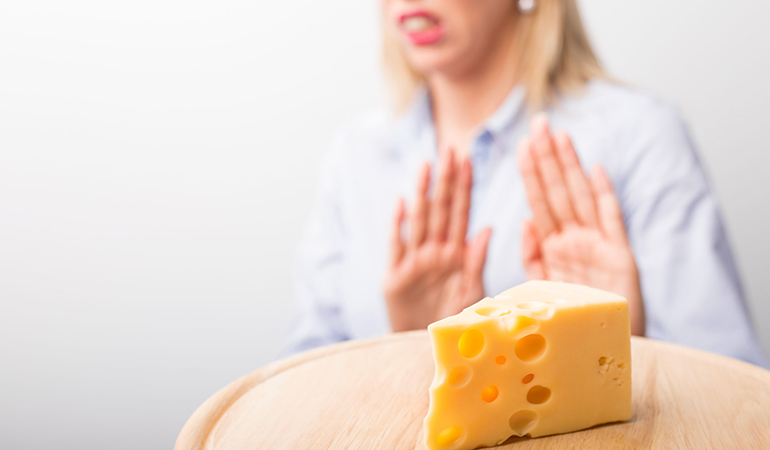
Changing your diet can reduce the boils to a large extent. Avoid dairy, as yeast can worsen the symptoms of hidradenitis. Also, remove processed flour and sugars from the diet, and replace them with whole grain and jaggery.
3. Avoid Alcohol And Tobacco
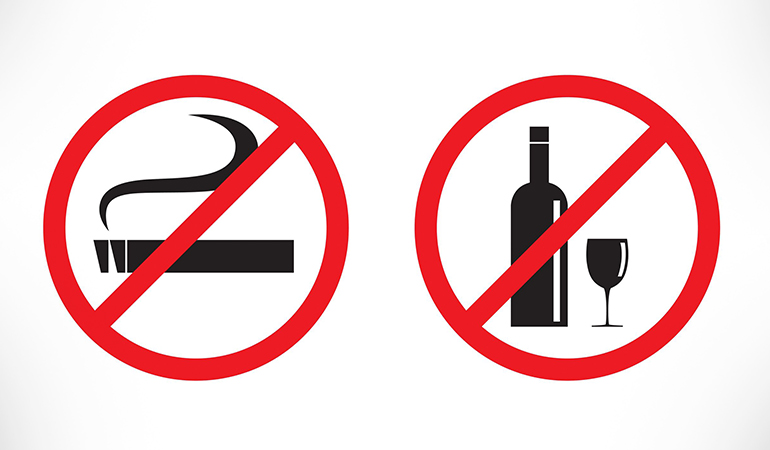
Drinking and smoking is a big no-no. Strictly ward off beer and tobacco as they can irritate the skin, and cause painful inflammation.2
4. Wear Loose-Fitting Clothes

Tight clothes can rub against the skin, causing friction that heightens the inflammation. Women can consider opting for tampons instead of sanitary pads, as tampons remove the risk of friction. Loosely fitted clothing reduces friction, and minimizes contact with the infected area. Go for cotton and other natural fabrics, as they do not aggravate the boils.3
5. Stop Shaving

Shaving hair from the infected area can trigger breakouts. Avoid shaving and waxing the area, until the boils are completely healed.
6. Keep Your Weight In Check
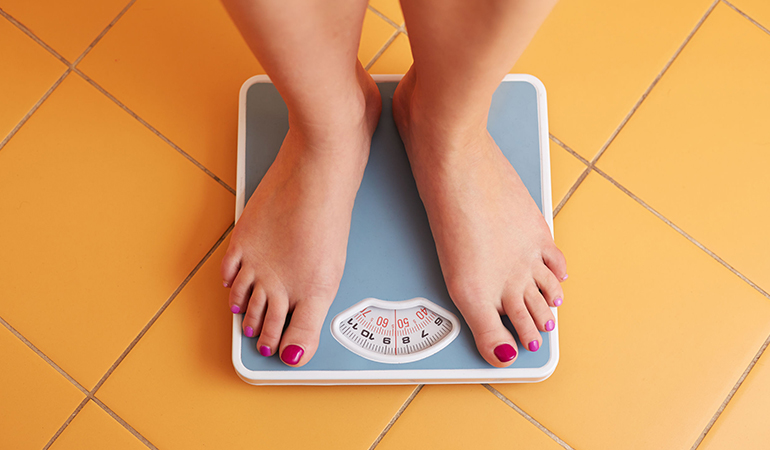
If you are overweight or struggling with obesity, try to keep your weight in check. Removing up to 10 percent of your body weight can drastically reduce the symptoms of hidradenitis. Less body fat can minimize friction, and lessen the risk of aggravating the boils. Exercise regularly, but do not indulge in heavy training as it could cause more harm than good.4
7. Keep Yourself Cool
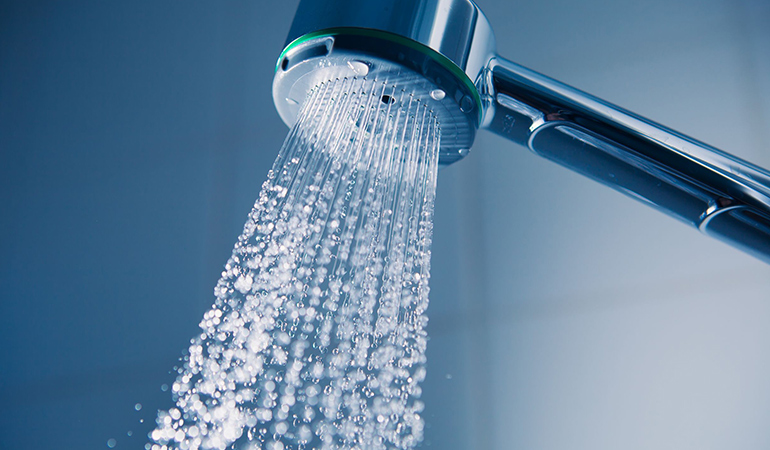
Constant exposure to heat can flare up the blocked sweat glands. Ensure that you wear light clothes, and keep yourself sweat-free. Take frequent showers, but avoid using harsh, scented soaps and deodorants. Ensure that the room you sleep in is not stuffy and hot.5
Remember to visit your doctor if the boils worsen or multiply in number. Hidradenitis, or blocked sweat glands, can be difficult to deal with. However, leading a healthy lifestyle and taking proper care can help you manage the condition and obtain relief from it.
References




